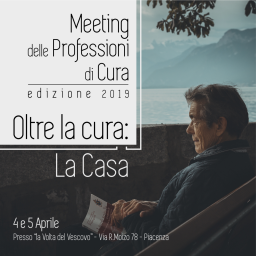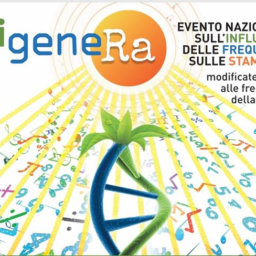Texts from ‘Introduction to Biophilia‘, by Giuseppe Barbiero and Rita Berto.
Directed attention is the ability to activate a state of alertness towards an object or phenomenon that attracts our interest. It is sometimes activated even when the object or phenomenon does not arouse our spontaneous interest but must still be taken into consideration because it is necessary.
Directed attention always requires a great expenditure of psychic energy. When subjected to intense and prolonged demands, it becomes exhausted and the subject struggles to maintain concentration: distractibility increases and impulsive and hostile behaviour can also arise.
The condition of mental fatigue also exposes the individual to a greater risk of experiencing psycho-physiological stress, because he or she has fewer cognitive resources to deal adequately with the stressful situation.
For successful daily functioning, the human being needs to restore the attentional capacity; sleeping is a rather common way of dealing with mental fatigue, but it is an effective but temporary remedy. For a complete recovery from mental fatigue, it is necessary not only to rest direct attention, but to regenerate it, and this is only done by making it temporarily unnecessary through the (alternative) use of involuntary attention: fascination. (Berto, 2005)

Involuntary attention.
What is special about involuntary attention is that it requires no effort on the part of the exerciser, is resistant to fatigue and is activated spontaneously when the environmental context permits.
Nature exerts such a powerful fascination in human beings that involuntary attention is effortlessly activated.
According to ART (Attention Restoration Theory ; Kaplan, 1995), stimulating the use of involuntary attention by being in contact with the natural environment, which is inherently rich in soft fascination stimuli (sunset, light reflections, windblown leaves, animals), is an effective way to regenerate directed attention and ensure good cognitive functioning.
Soft fascination anchors attention, but leaves room for personal reflection. Natural environments are a source of soft fascination; in these environments, attention is captured by aesthetically pleasing stimuli that relax and encourage reflection.


















